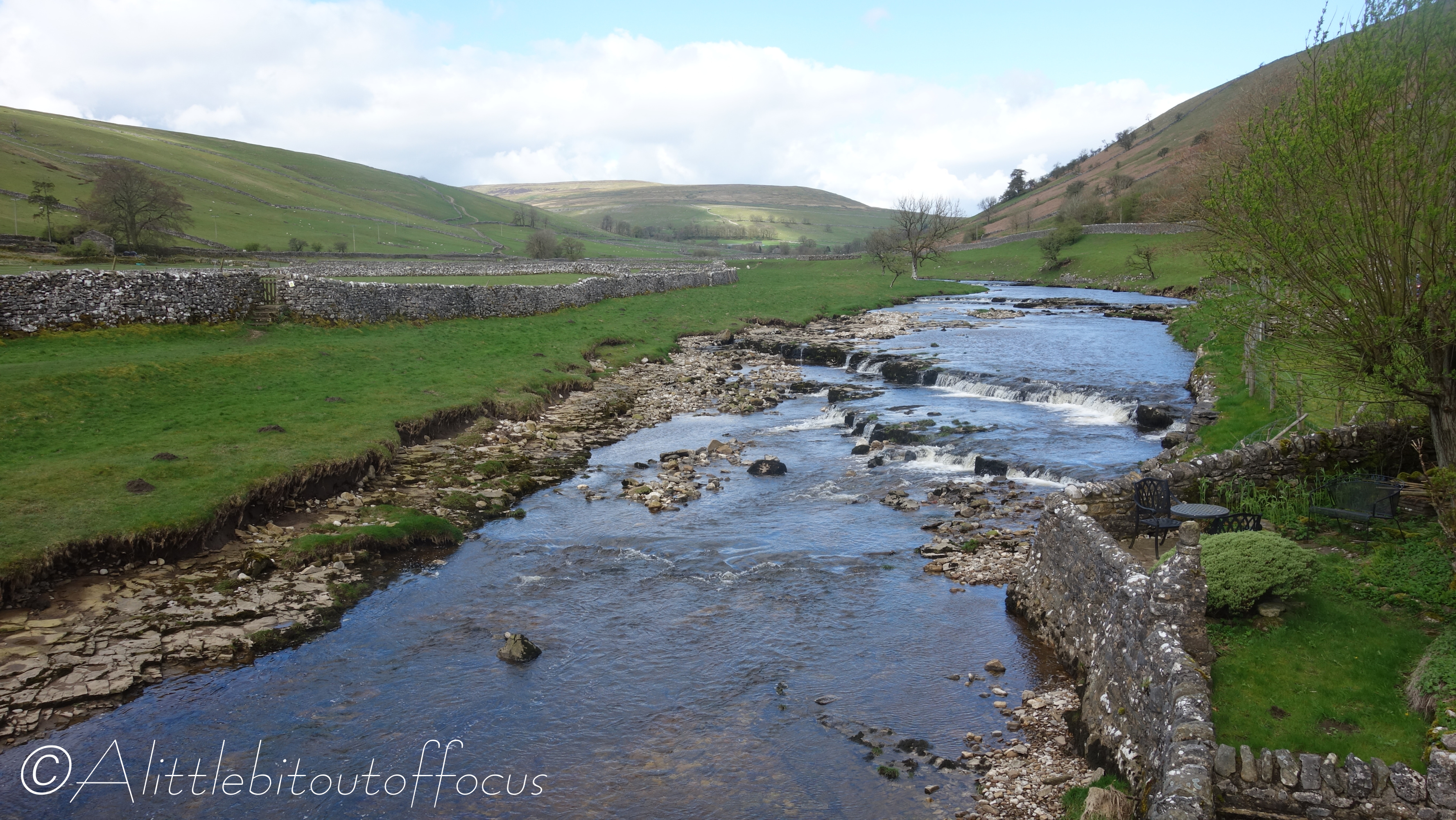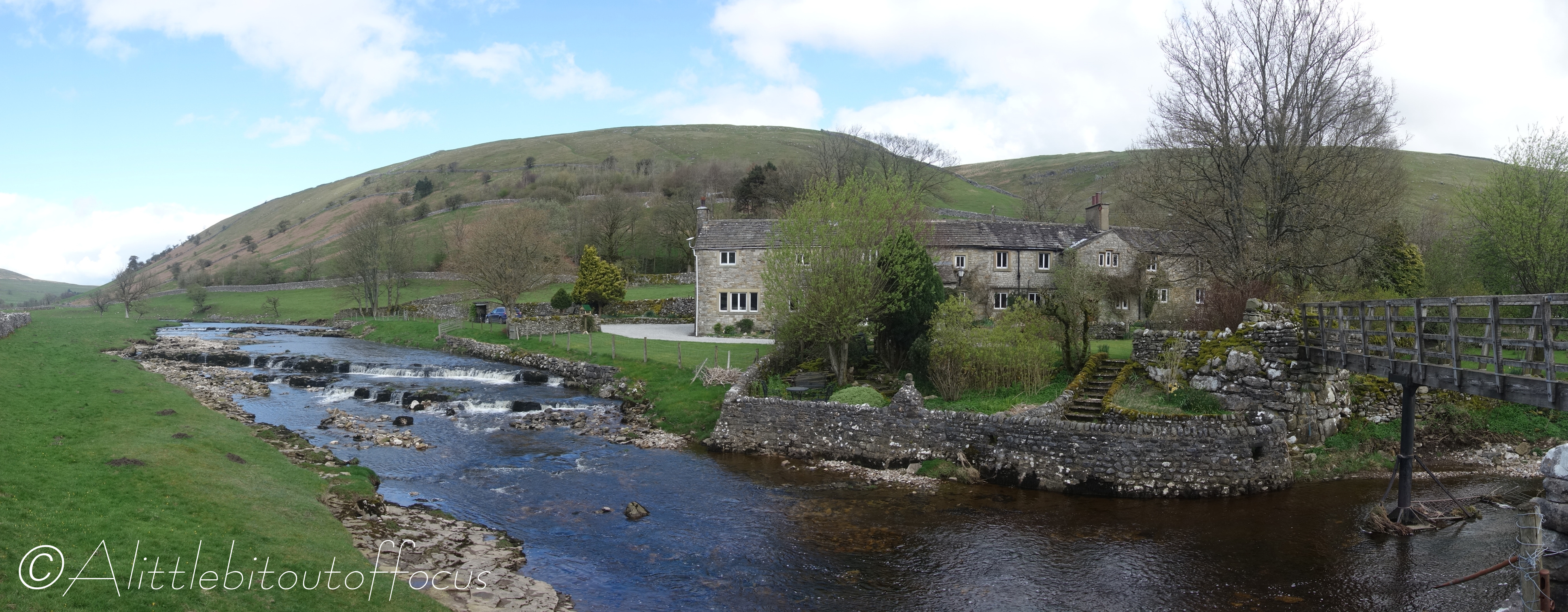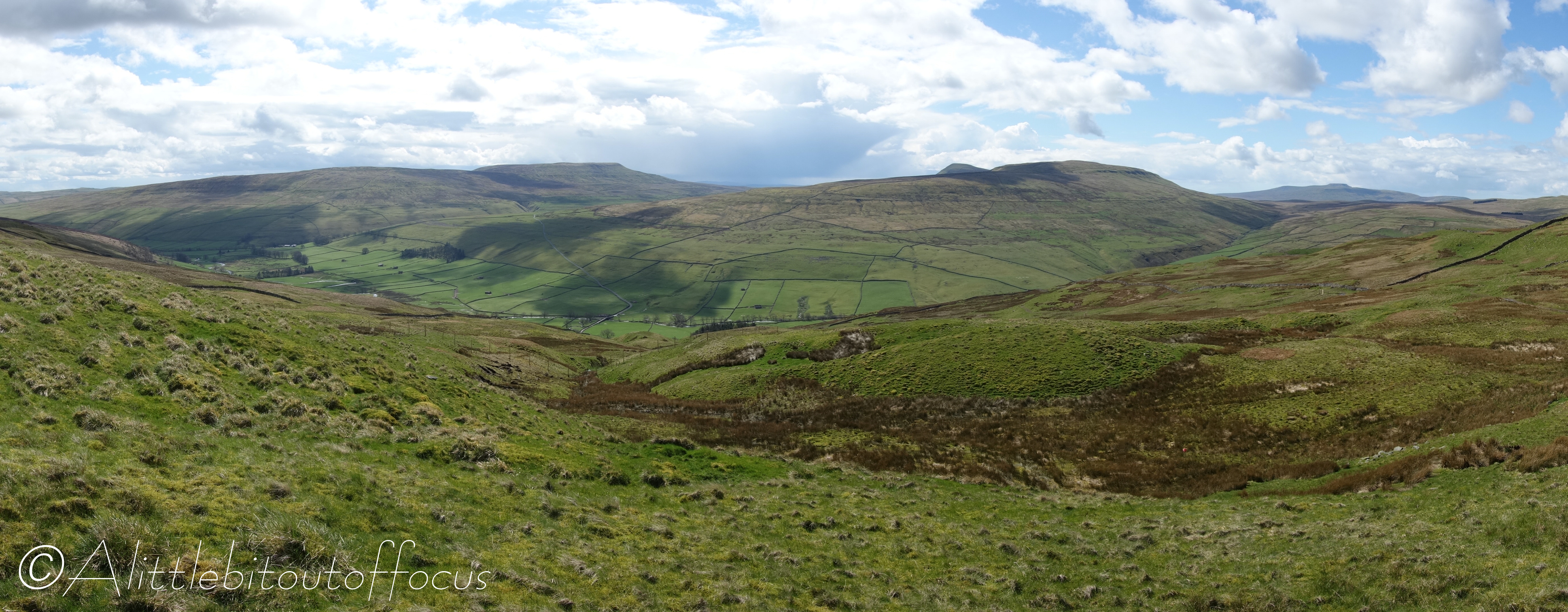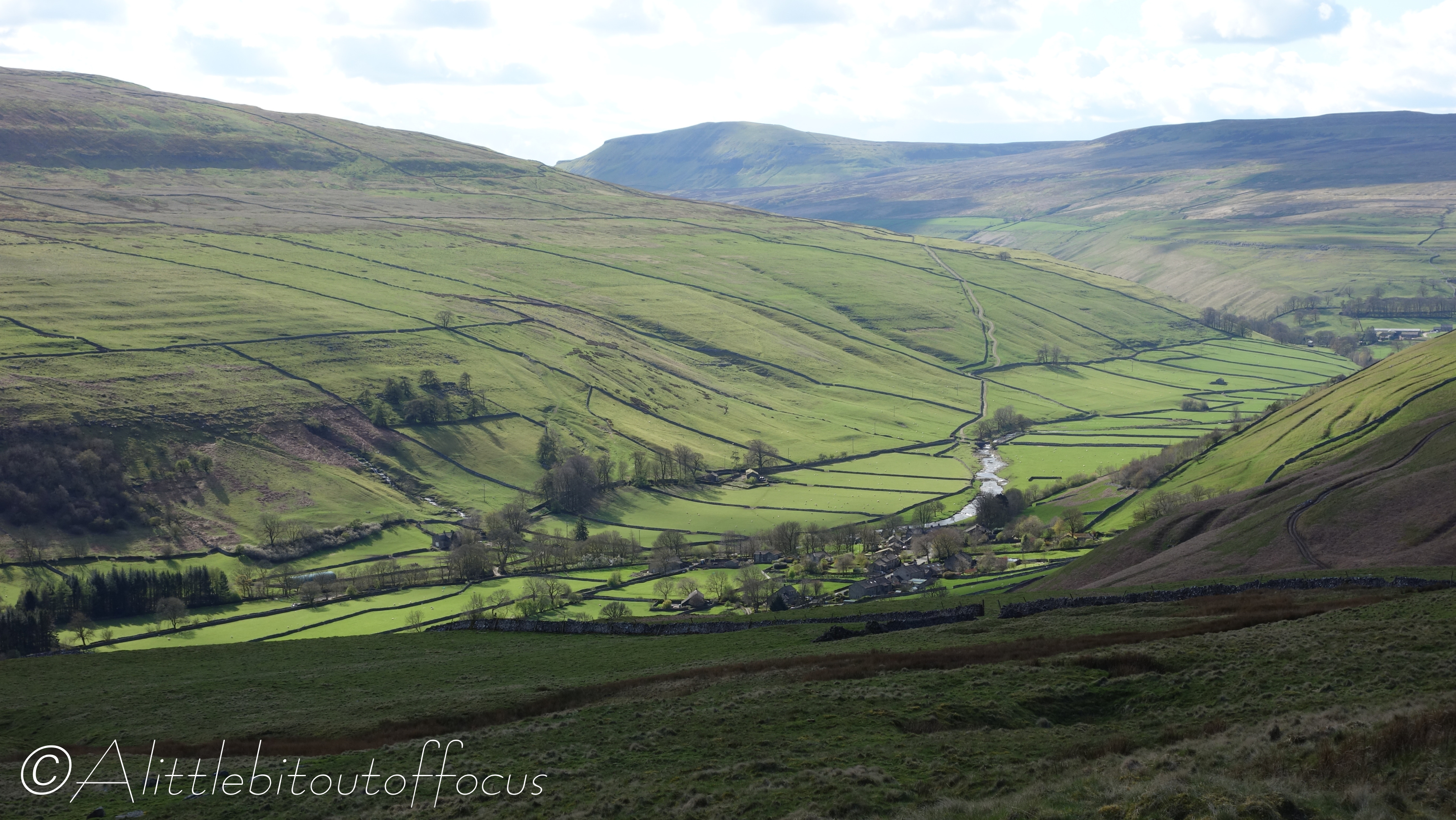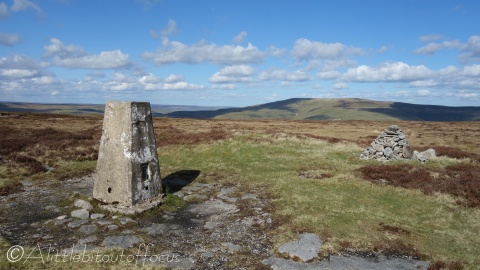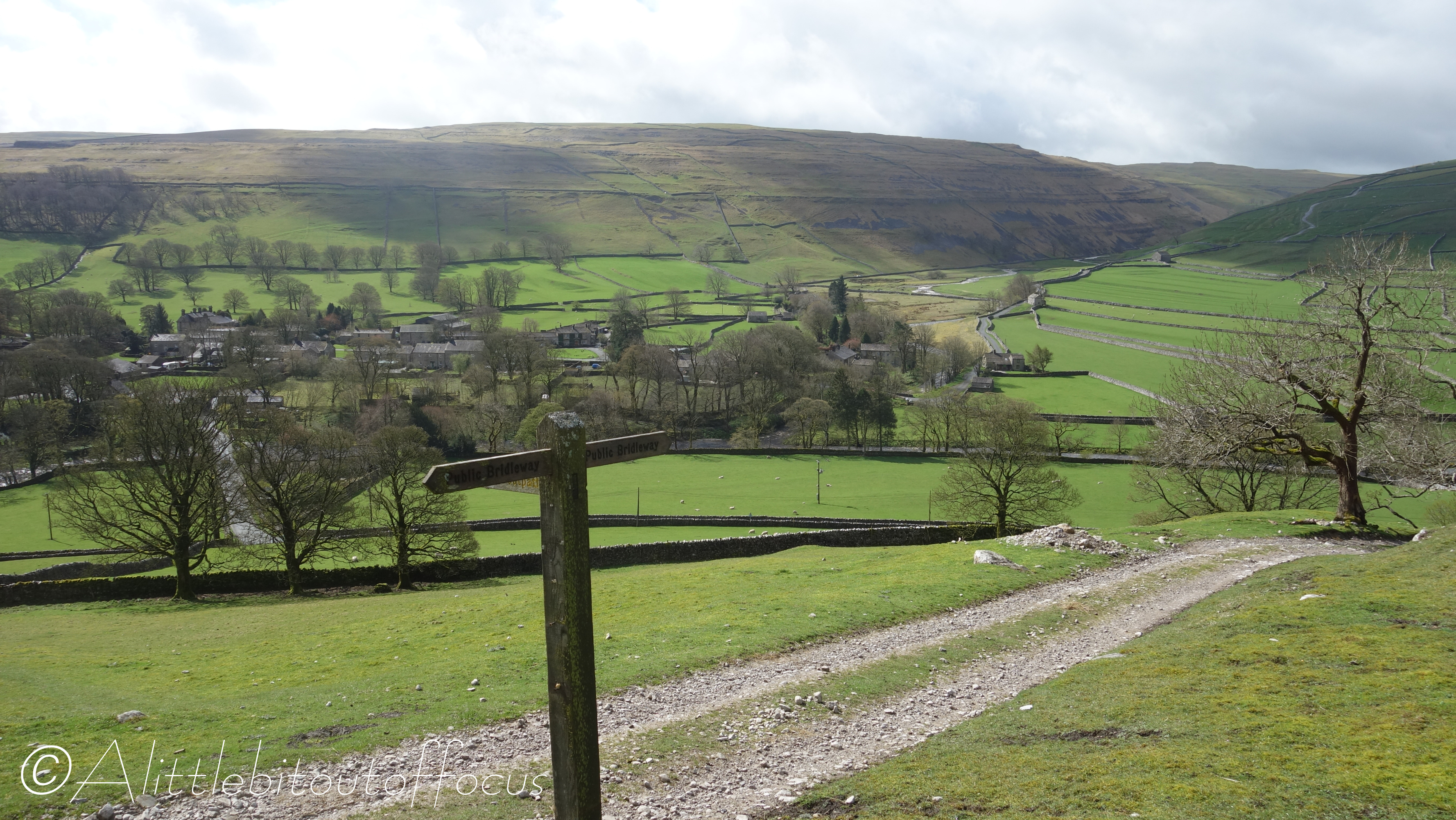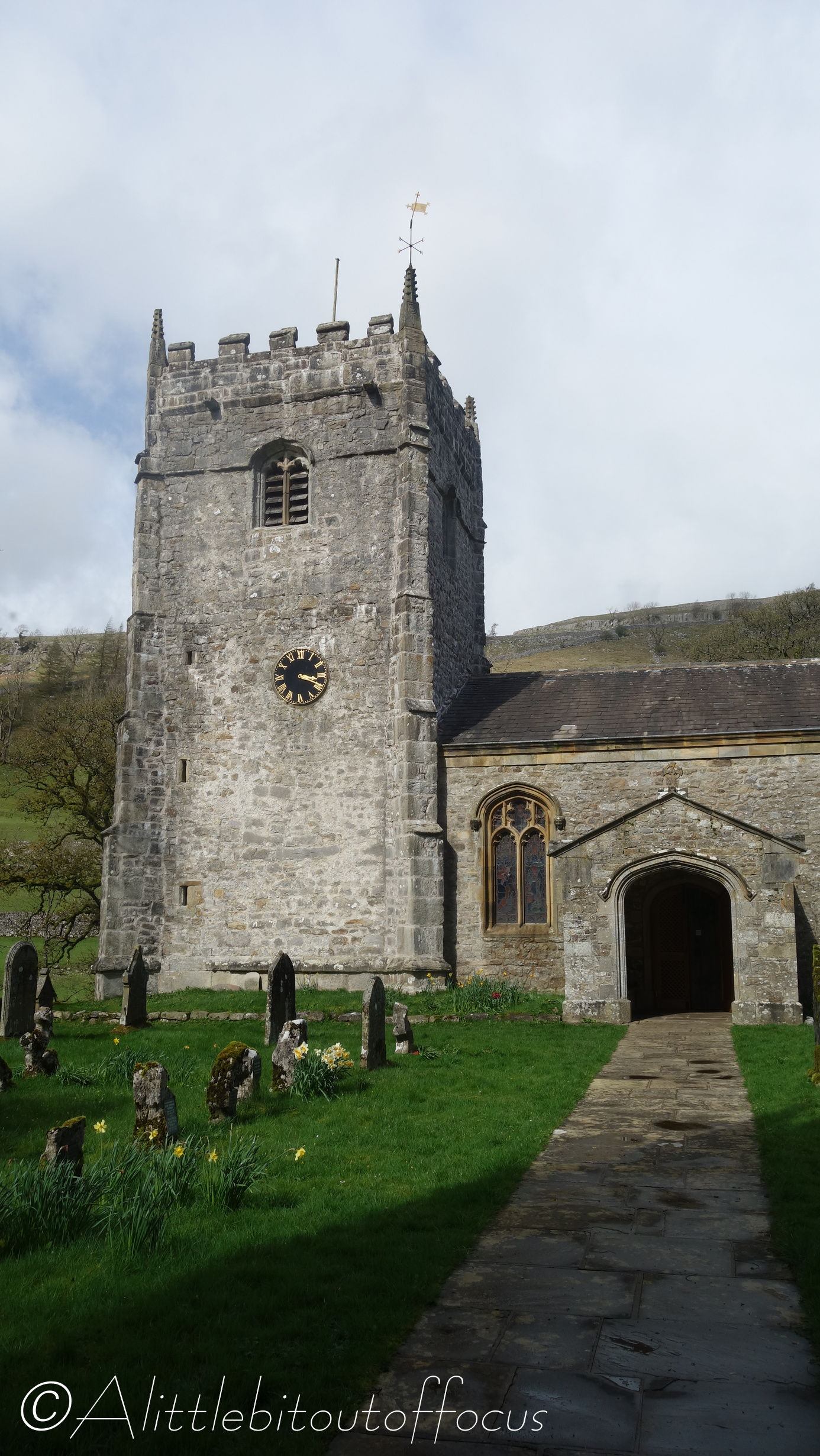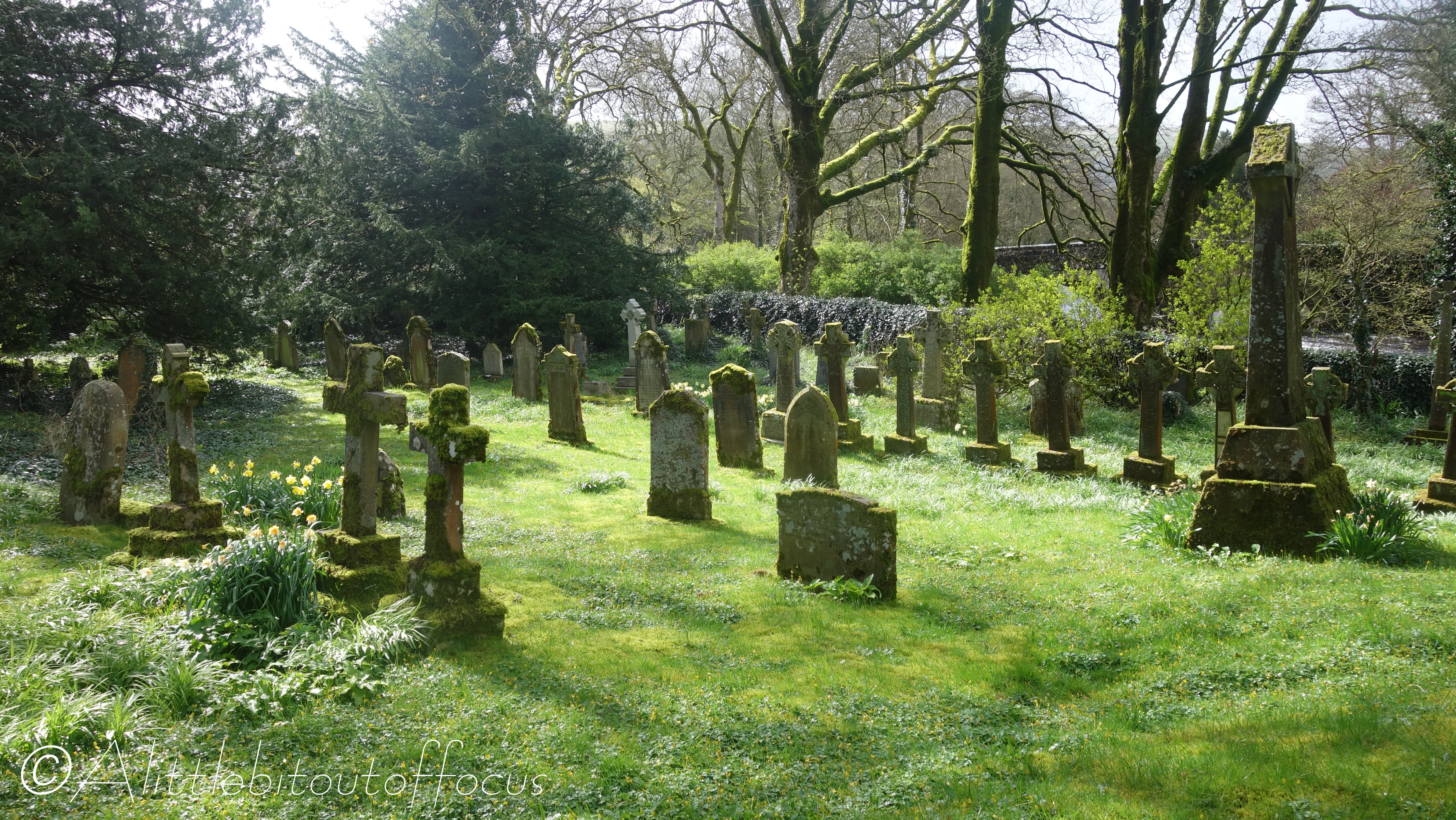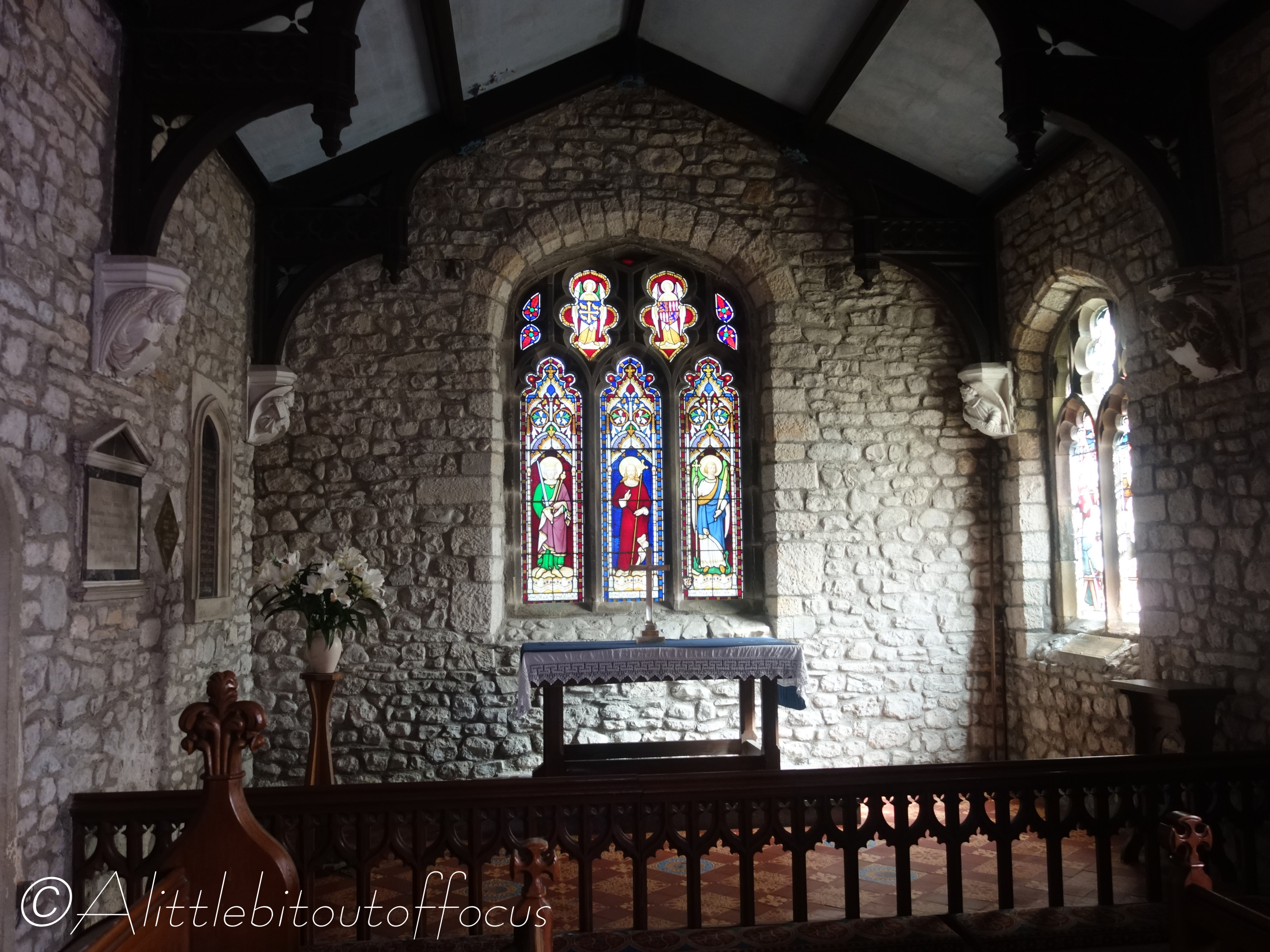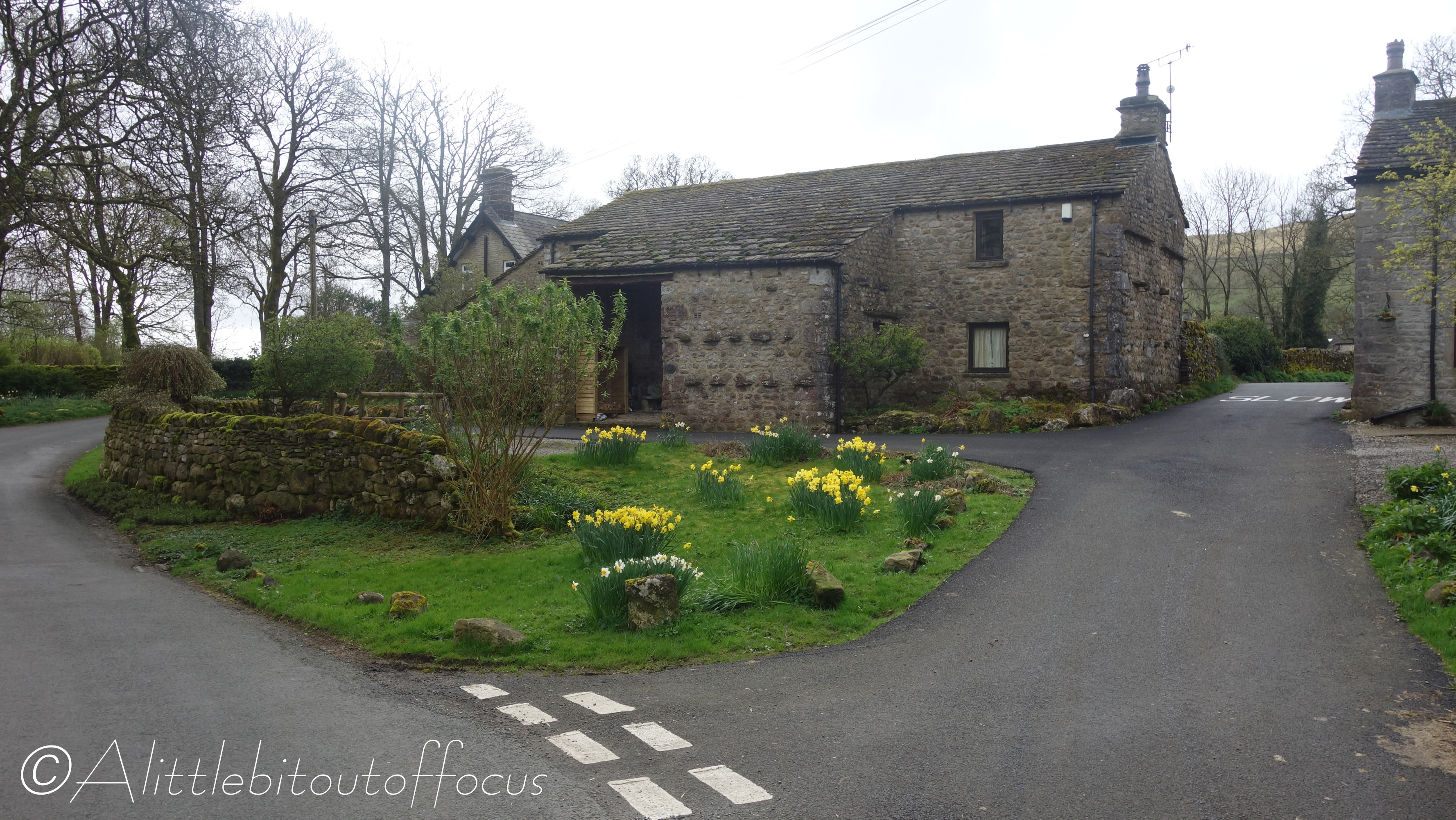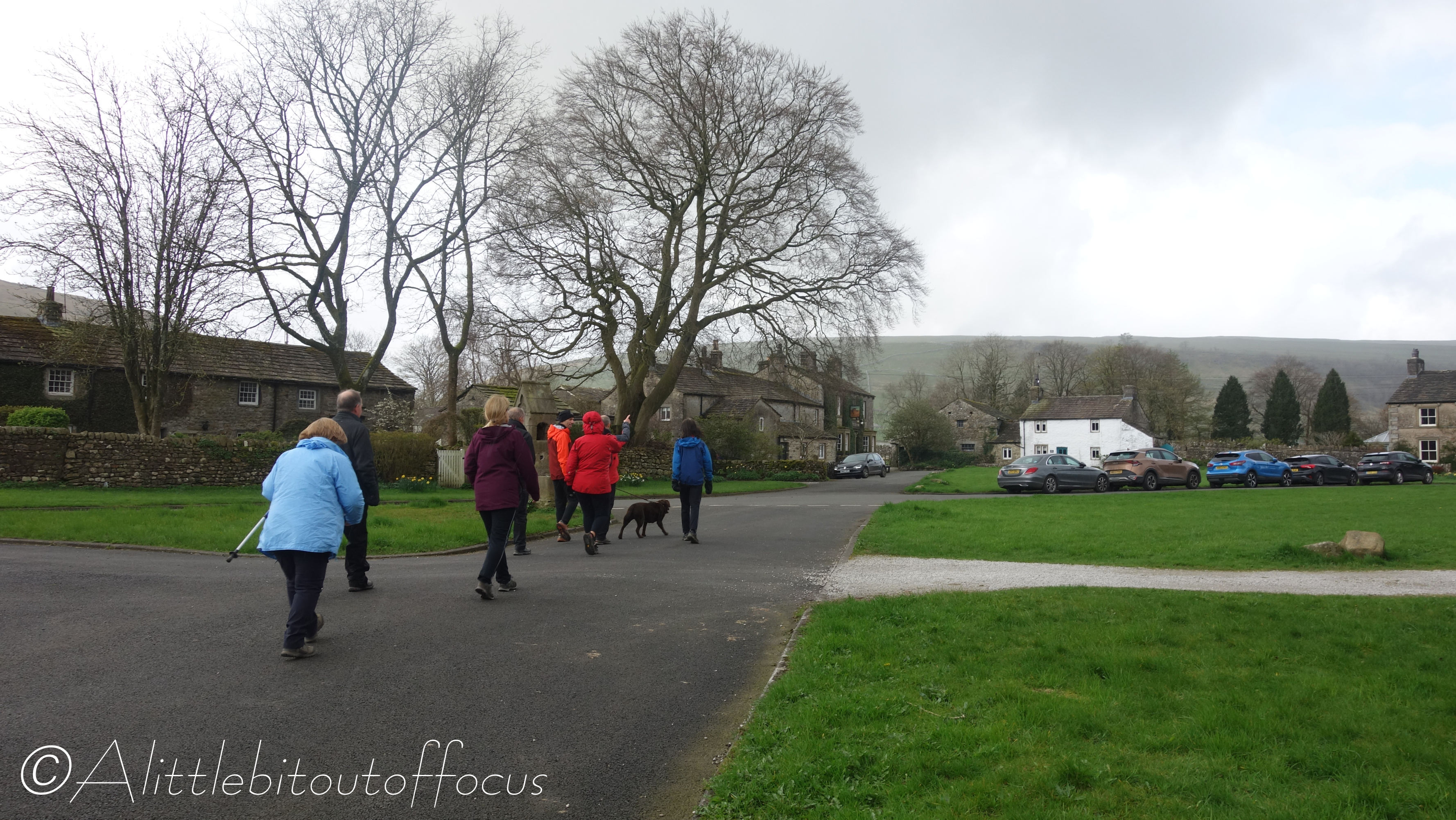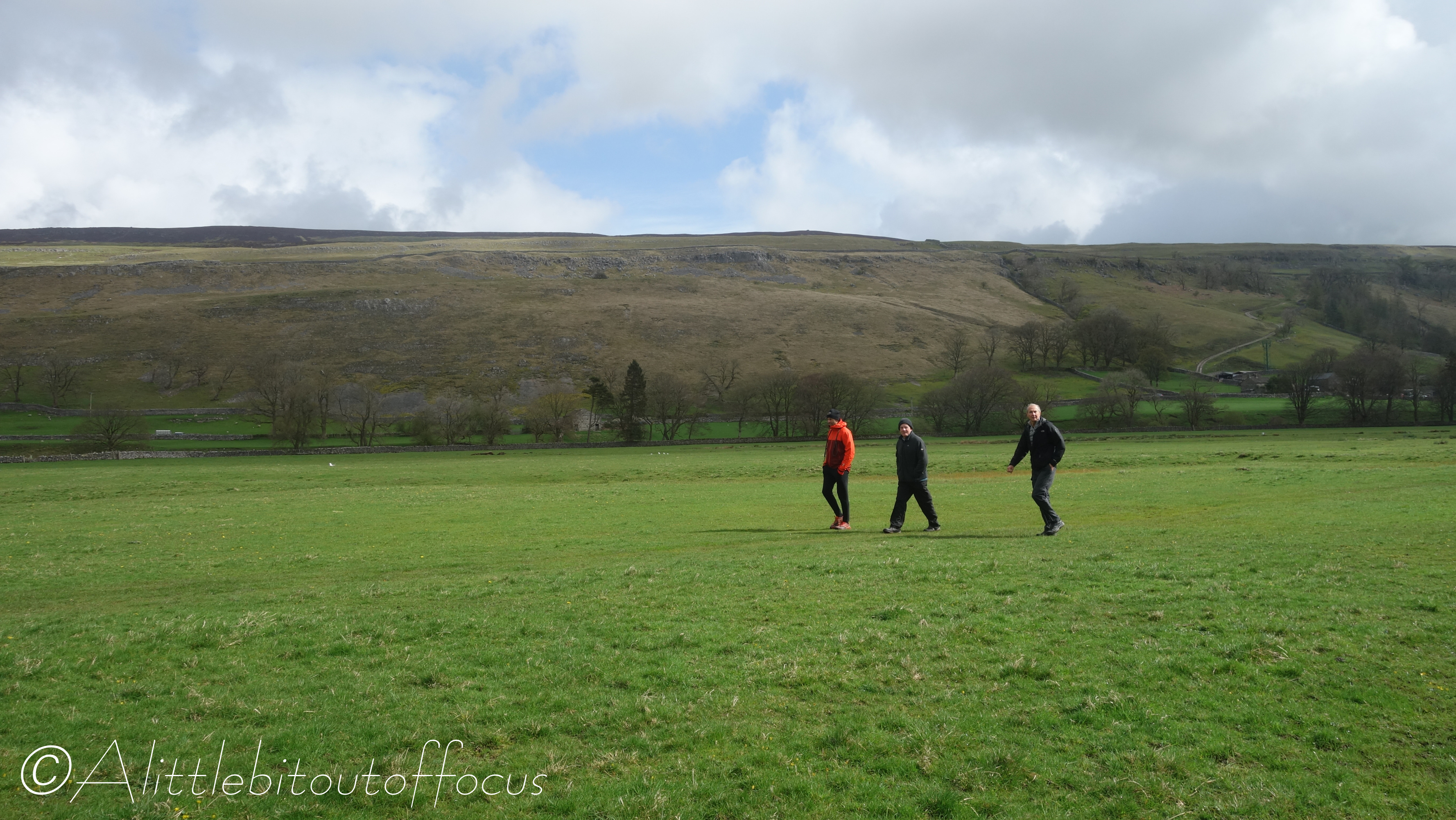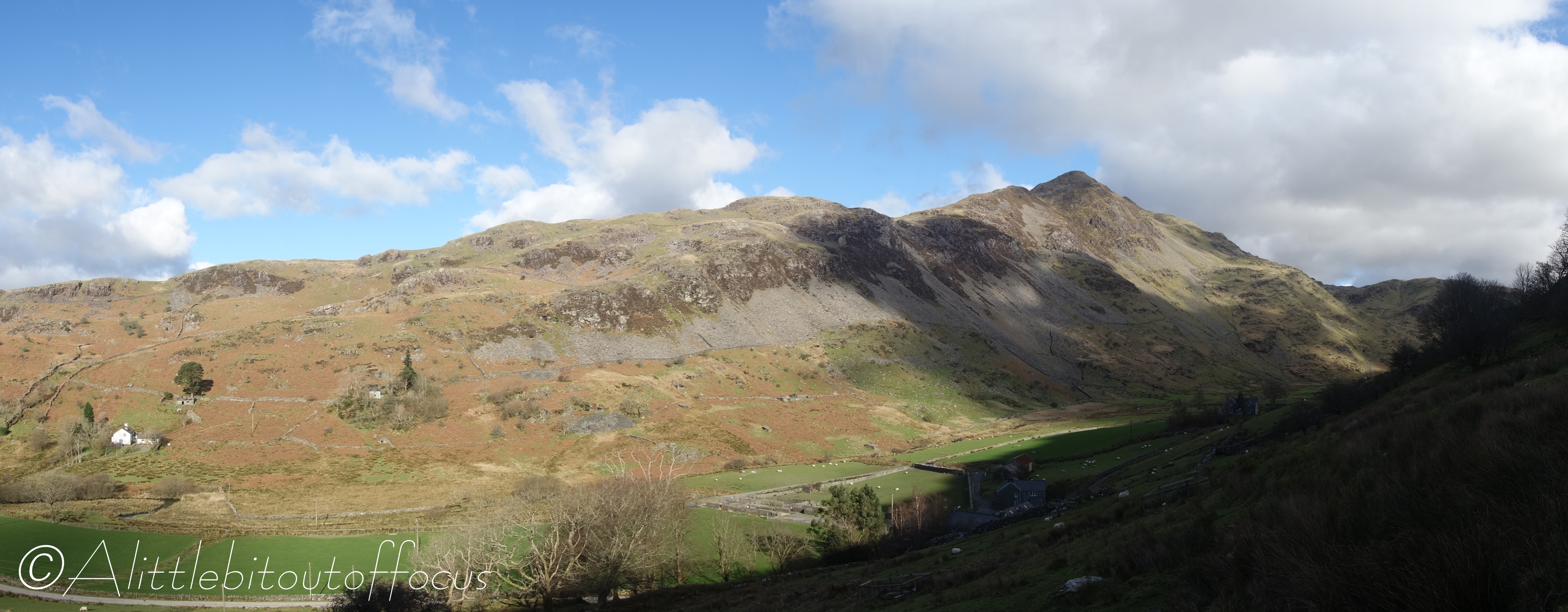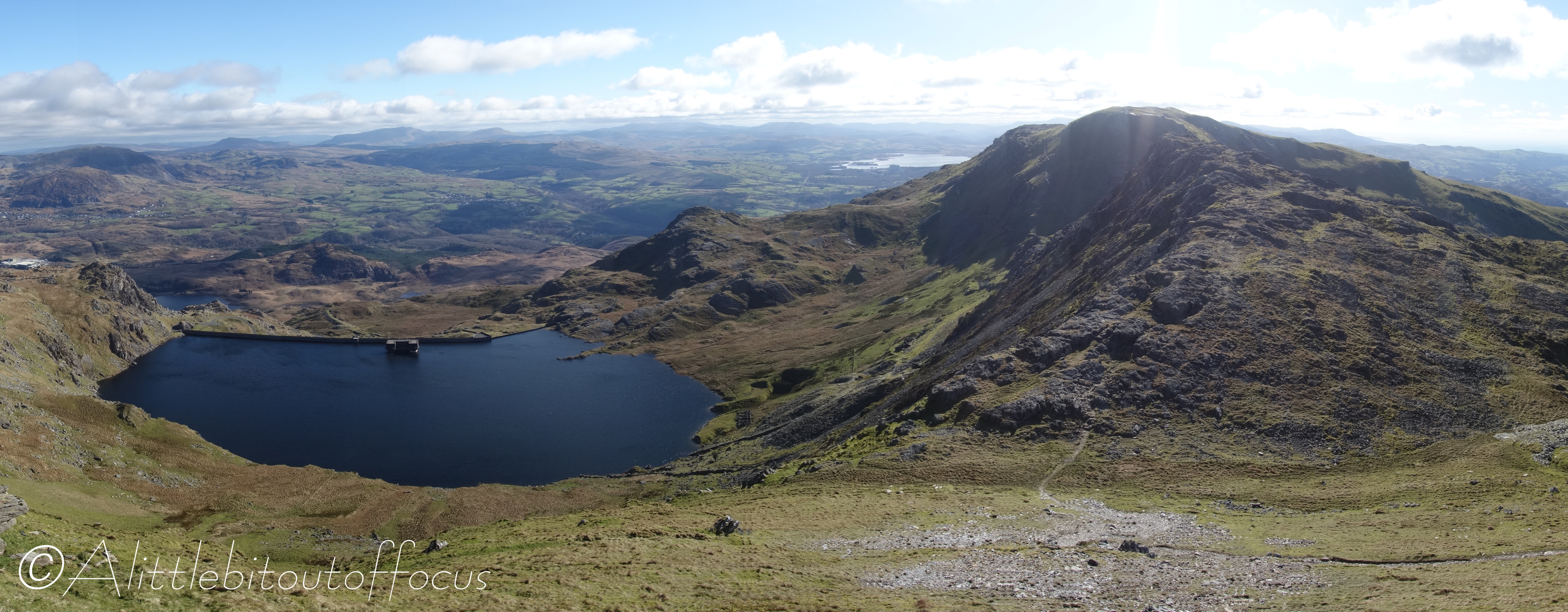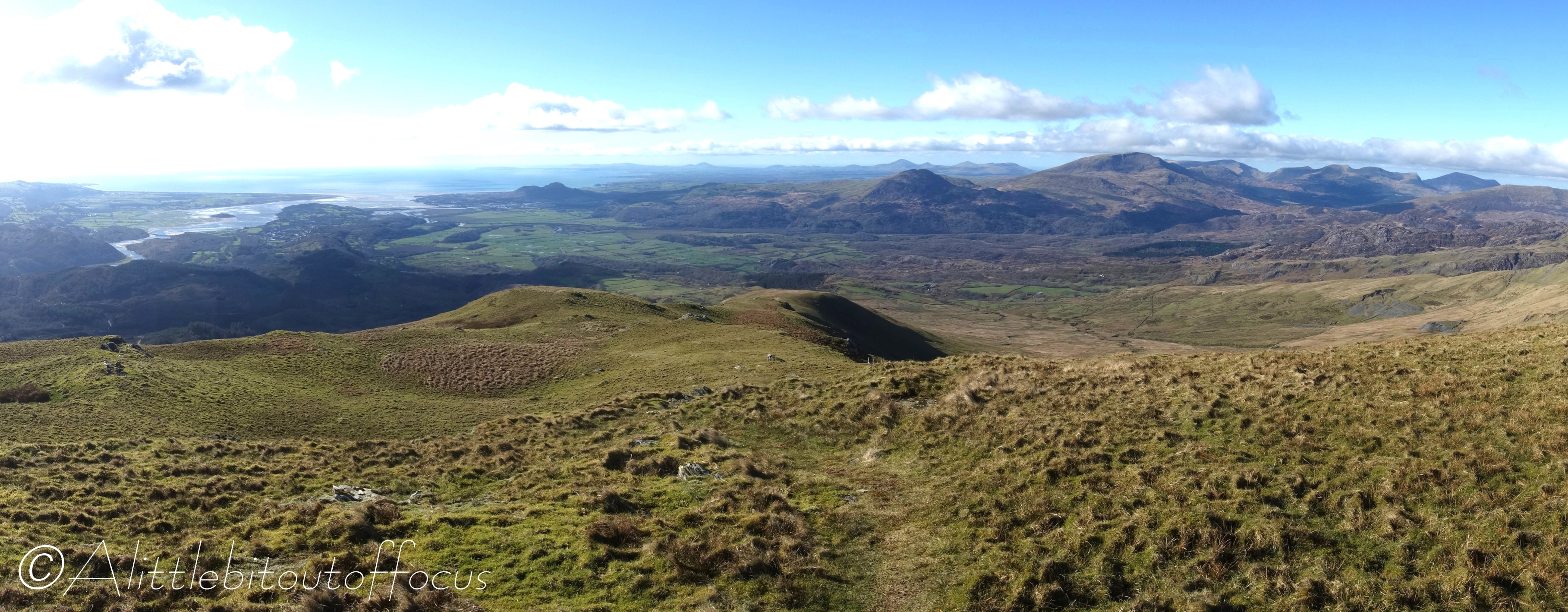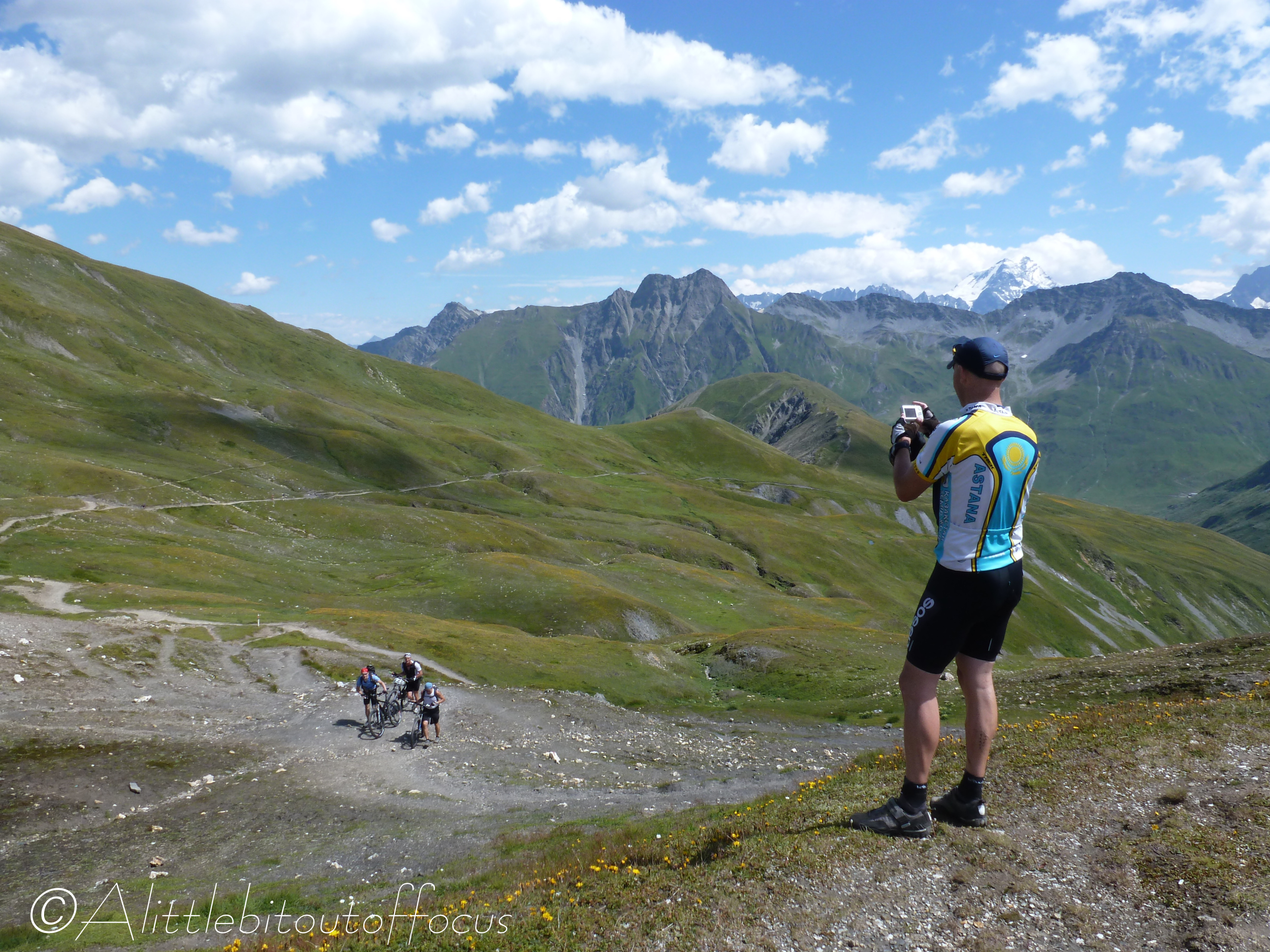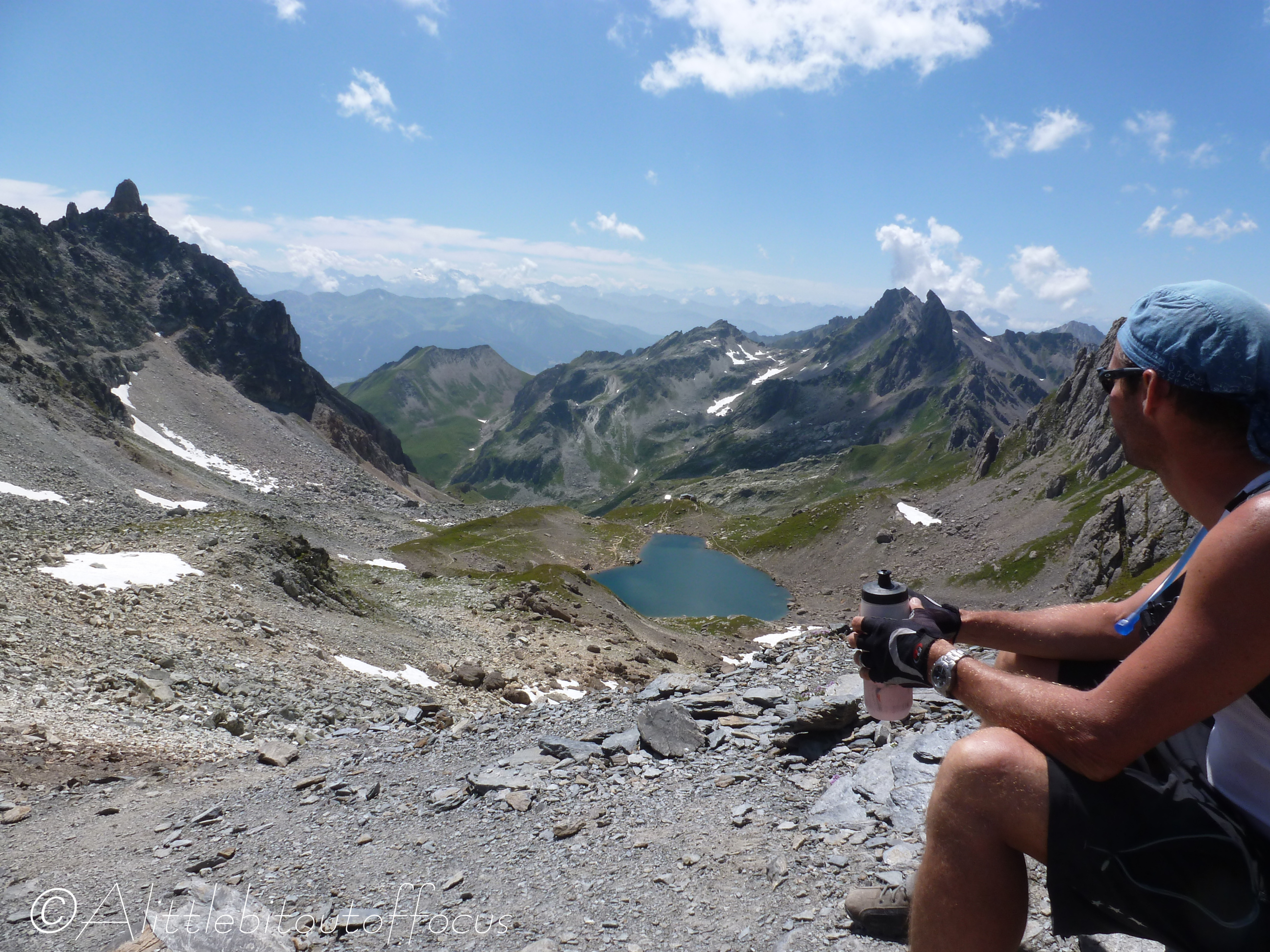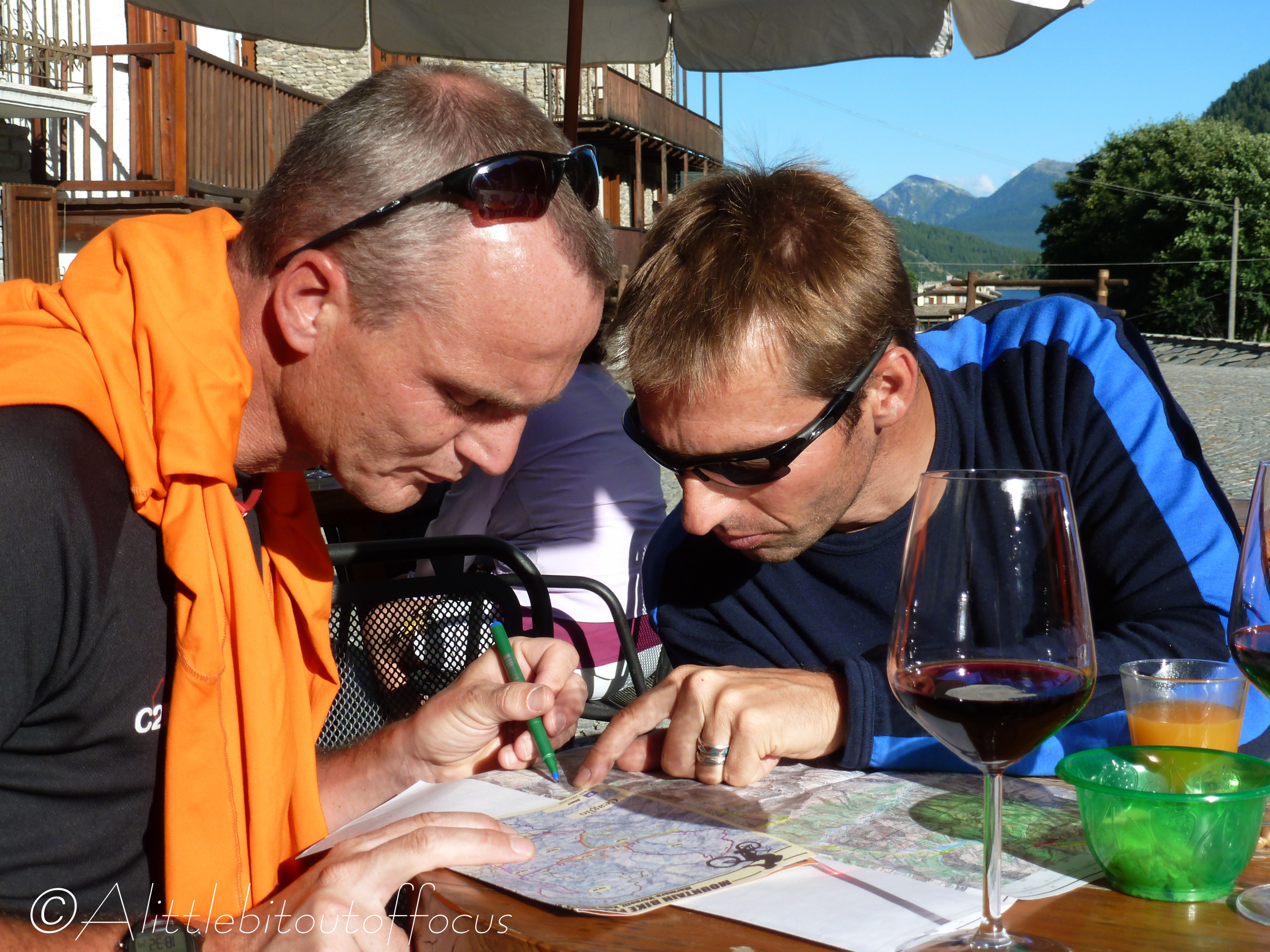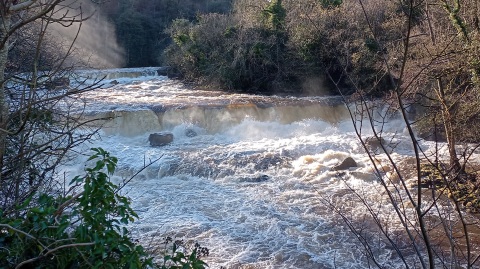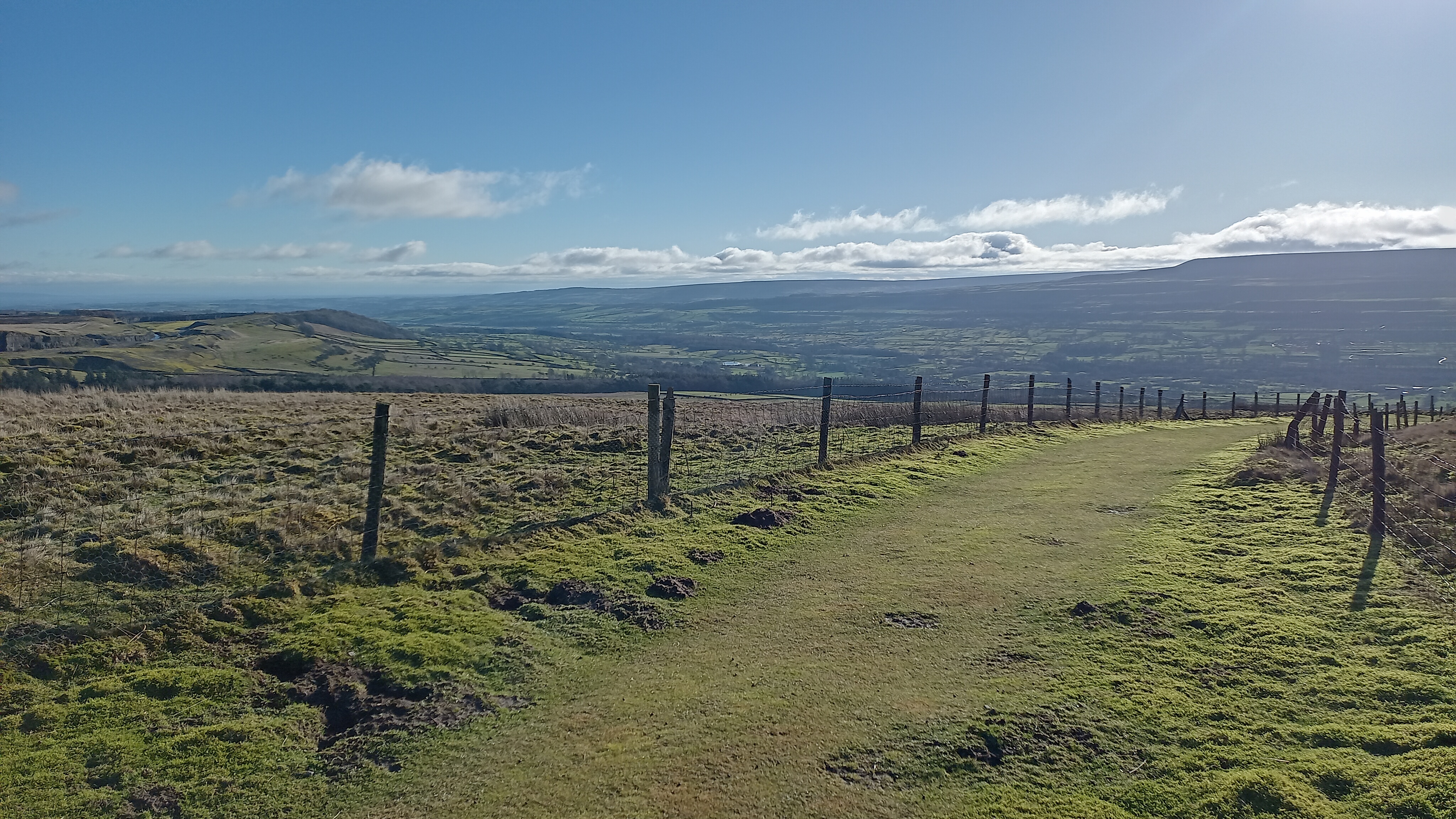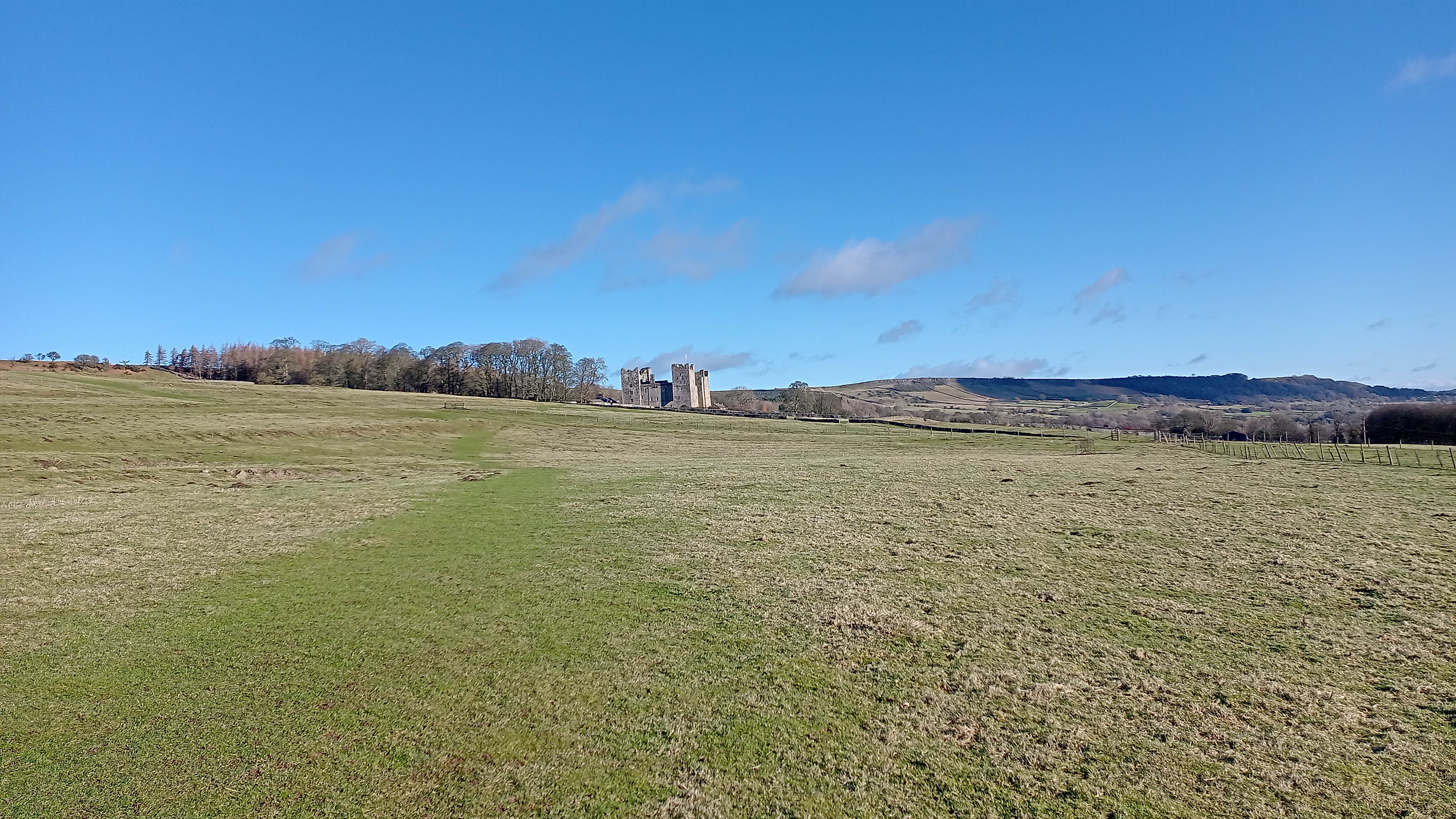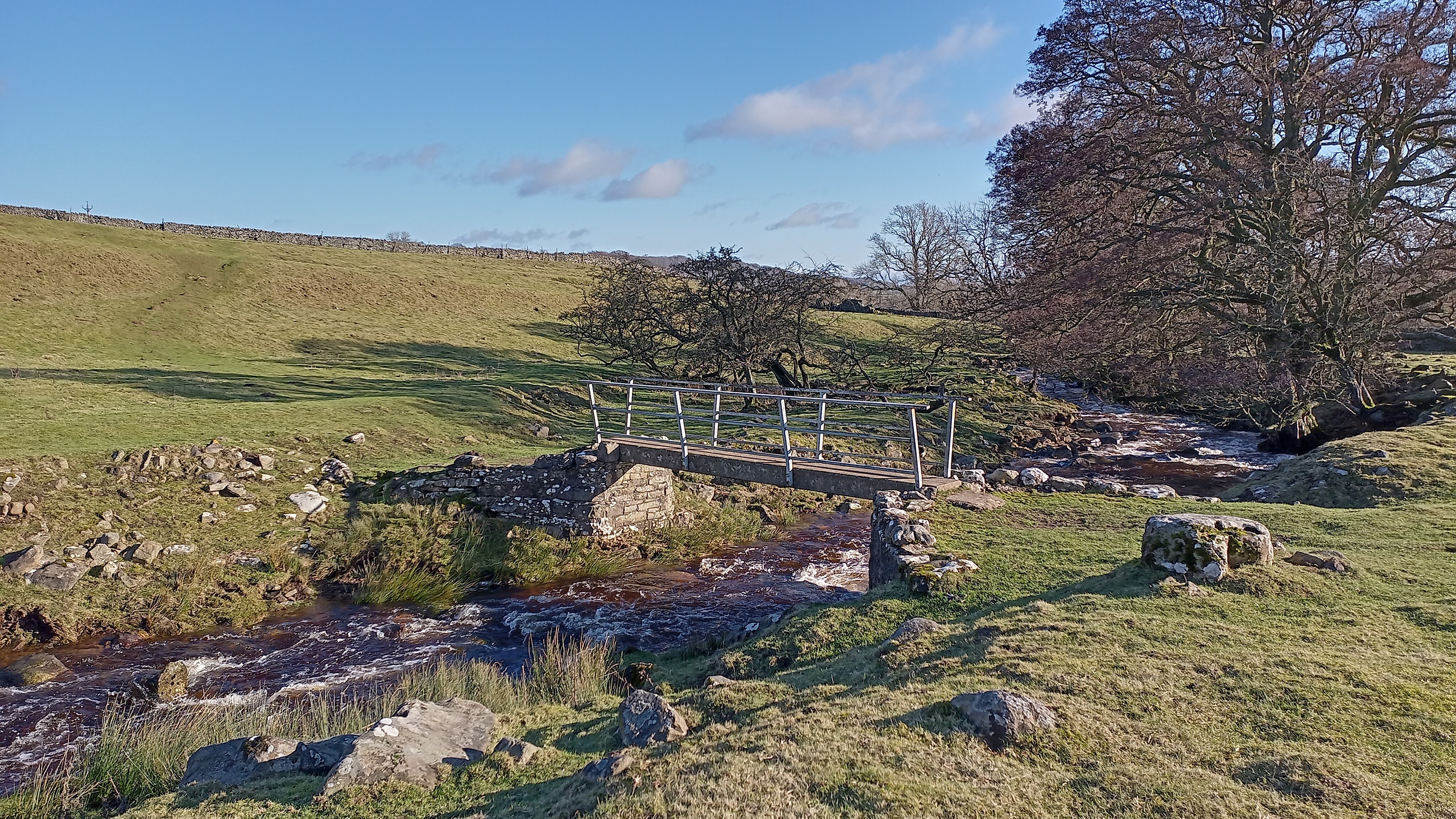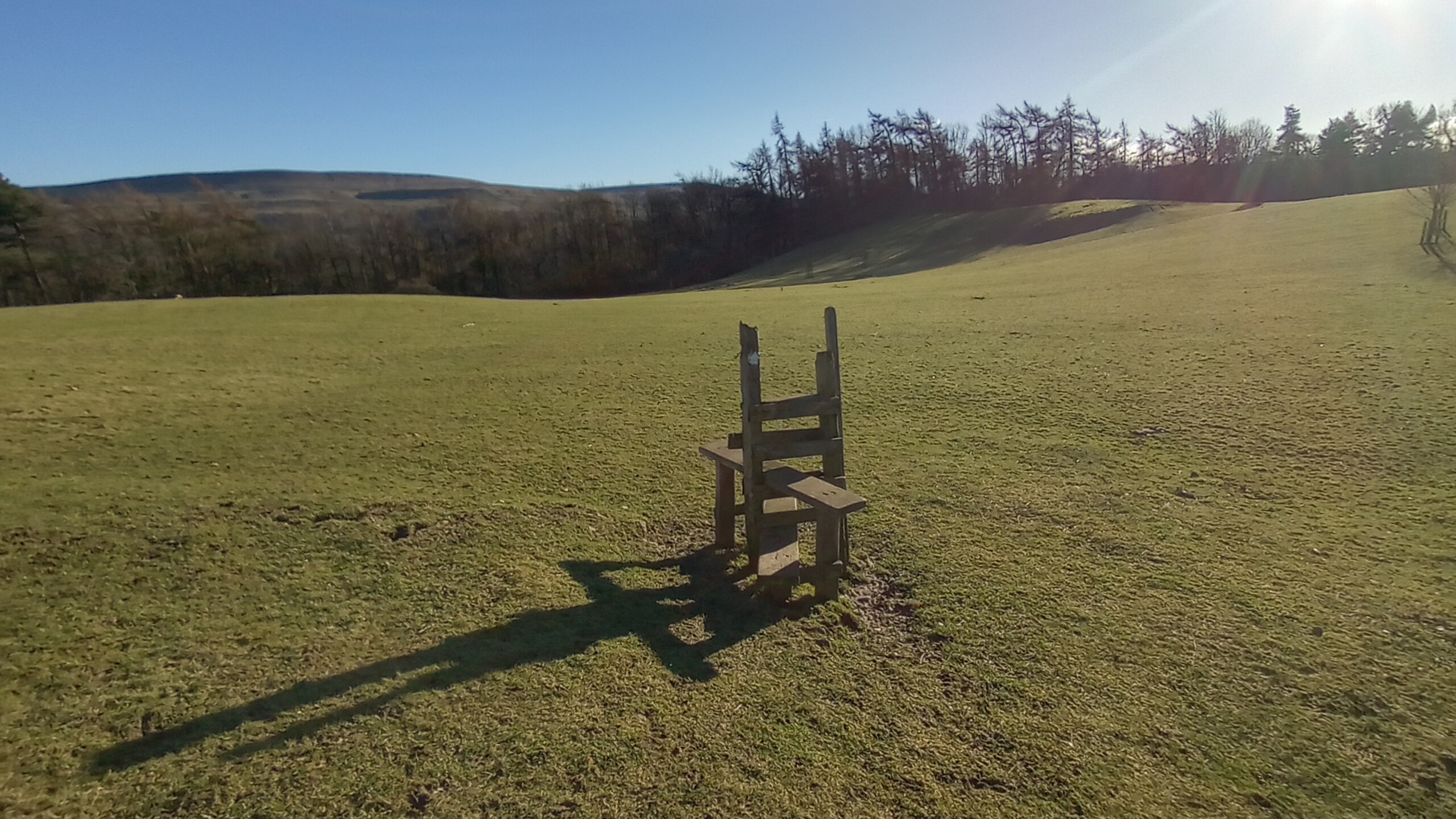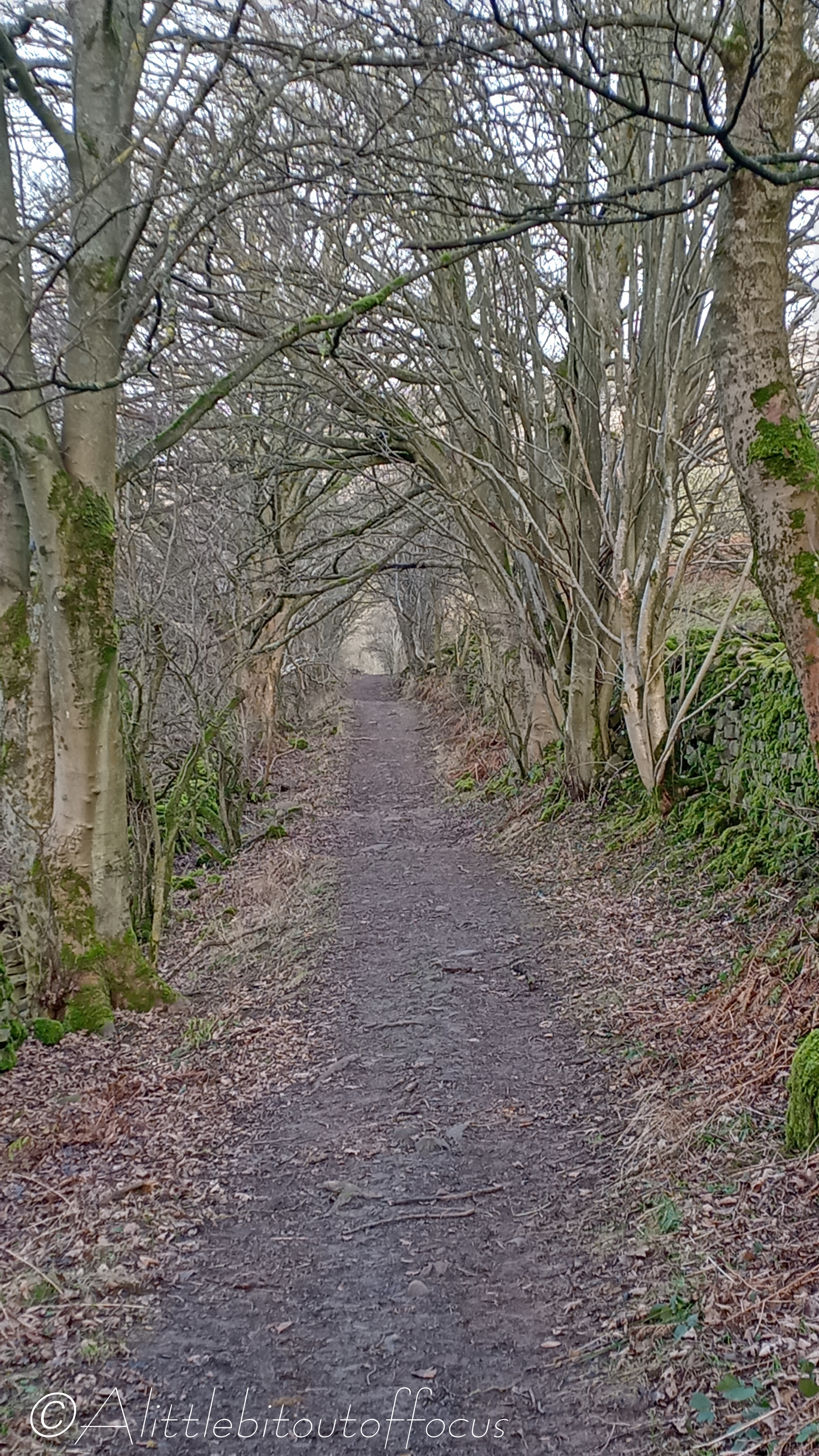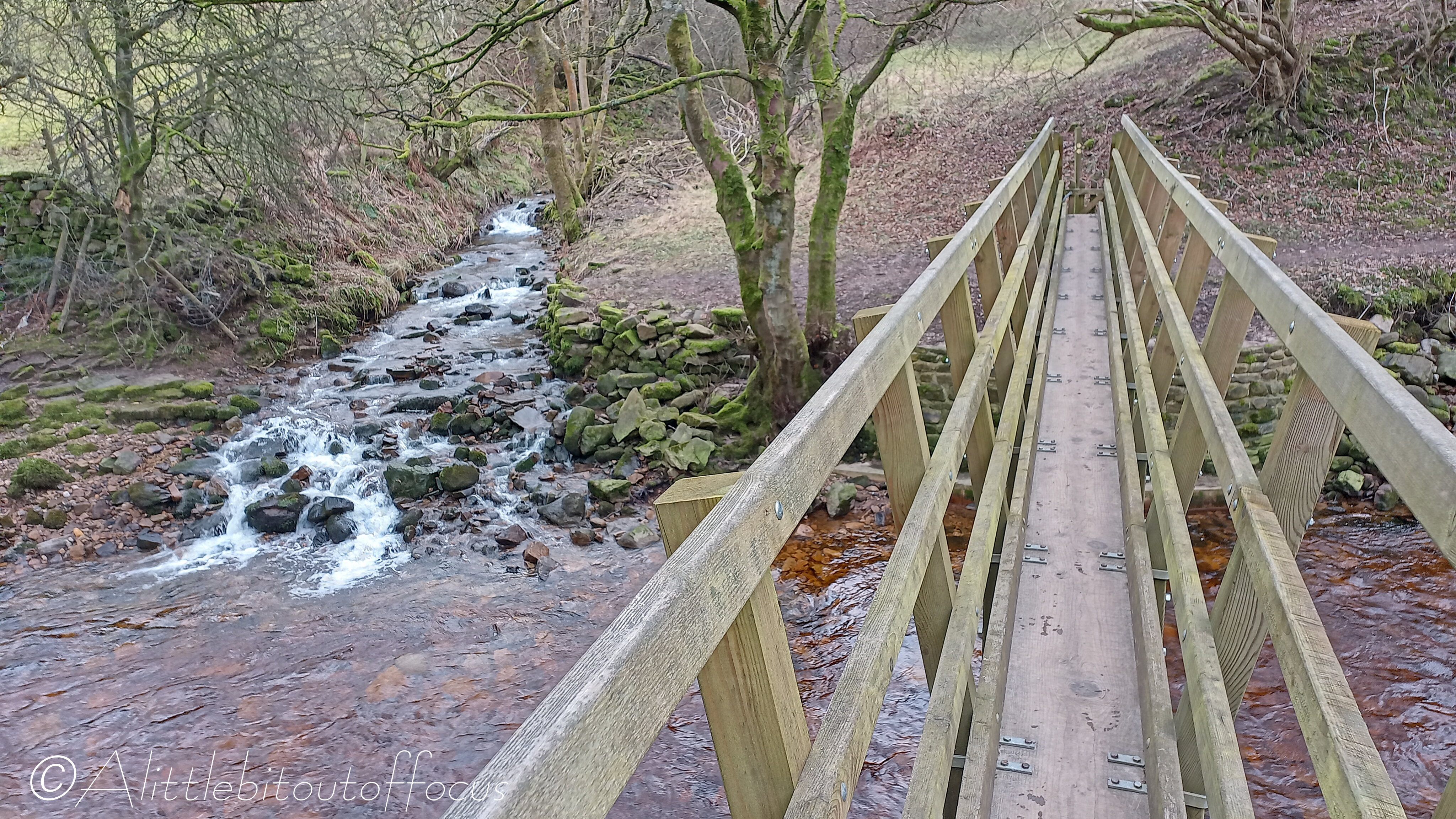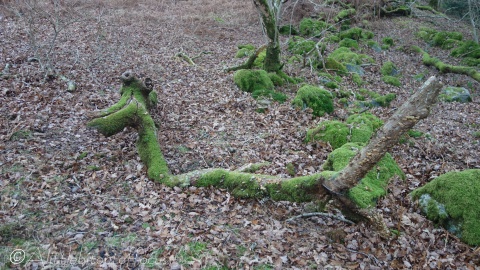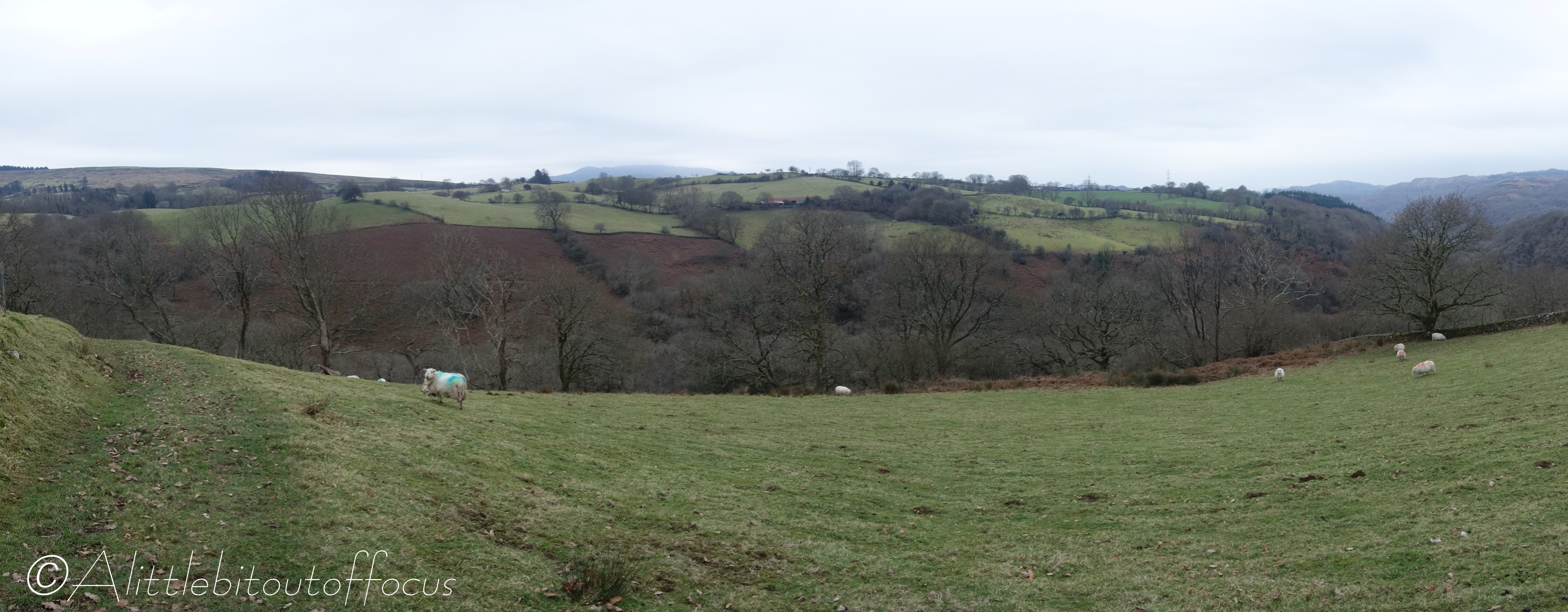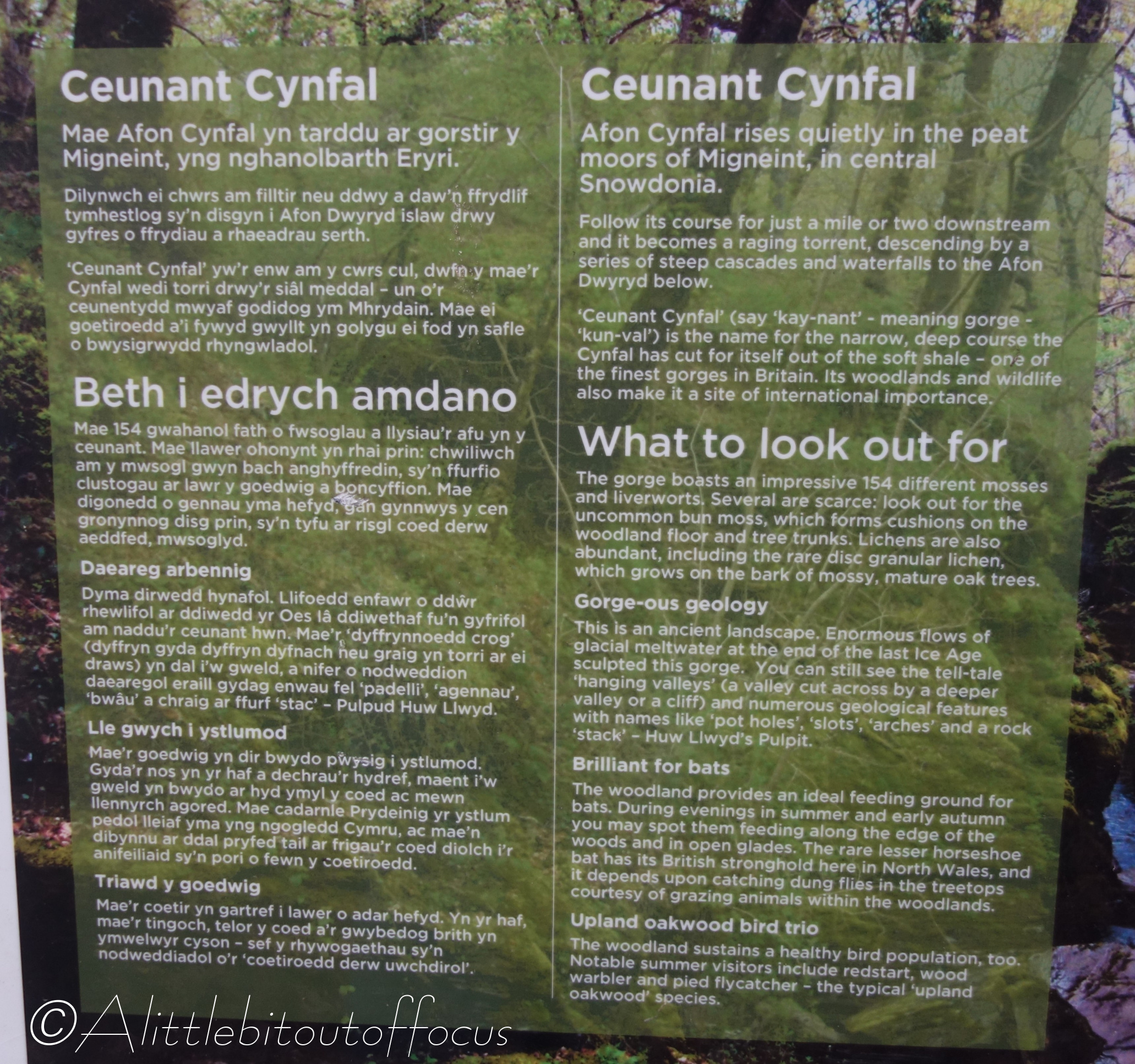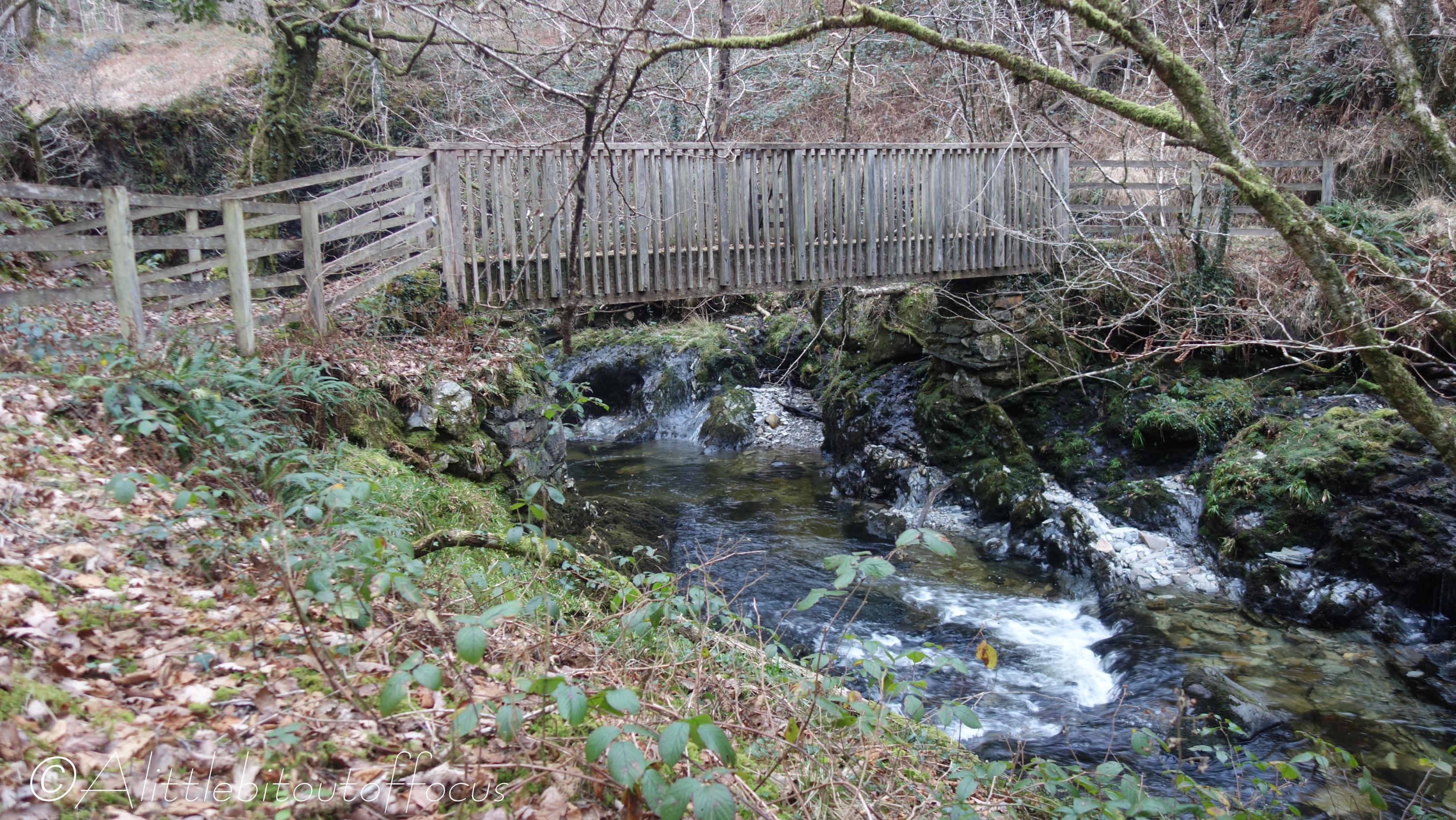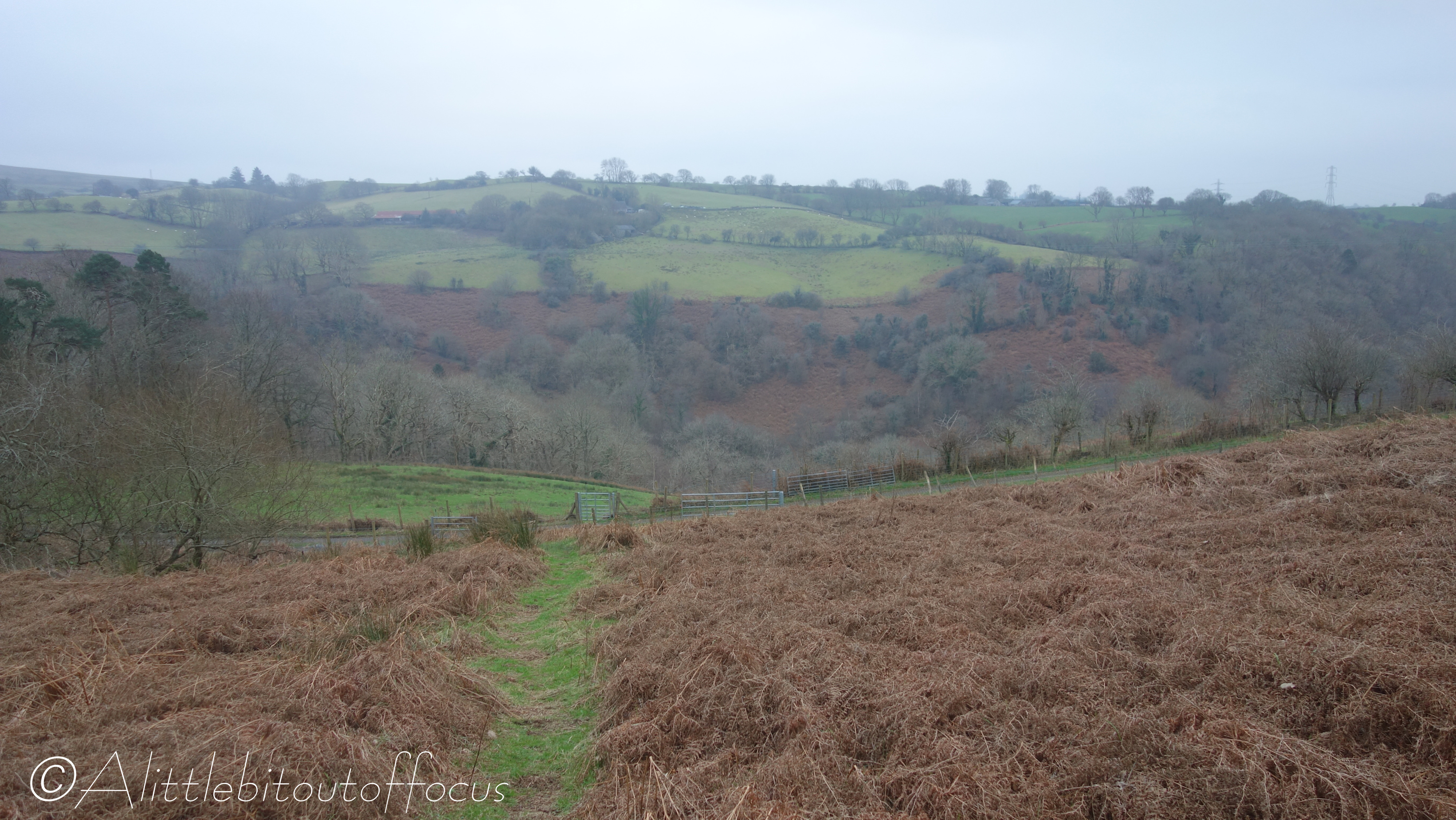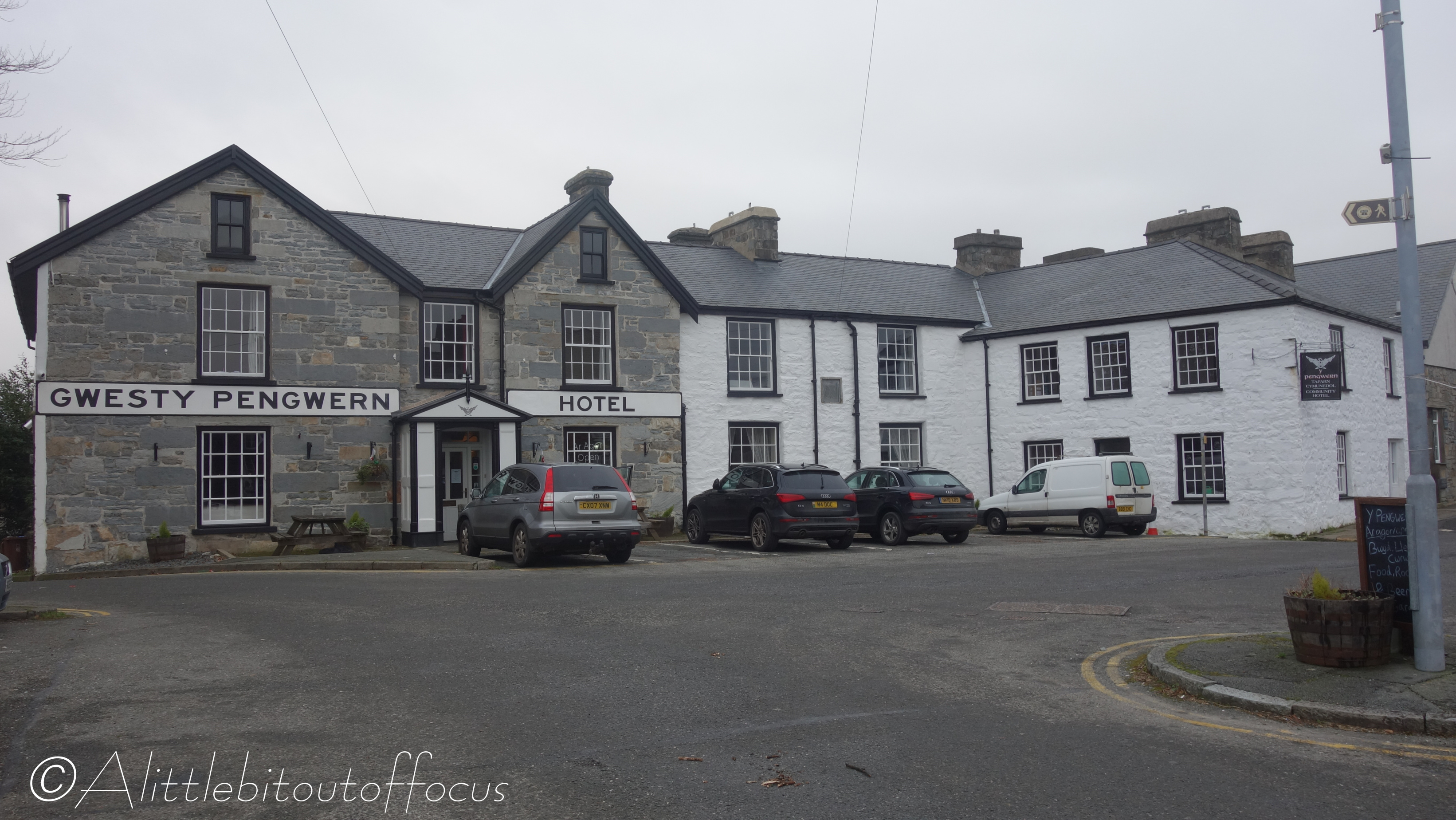For my third walk of the week, (after everyone had departed), I decided to walk up the valley to Foxup and Halton Gill, (you have to love those Yorkshire names!). Then it was up and along the moorland ‘ridge’ and back down to Litton. With sheep all around and lambs being born in the fields, I did wonder whether I might spot a birth in action and I was close… The rather large lamb in picture 9 had just arrived as the farmer was tending to it and encouraging the mother to bond as I approached.
Another highlight was spotting several lapwings near the single track, moorland road over to Settle. (See pic 12). This was swiftly followed by a flock of golden plovers. (Sorry about the bad pic, 13, but that’s as close as I could get, even with the zoom).
I’m not sure what it is about trig points, but whenever I see them on the map, I’m compelled to seek them out. In this case, the two in question were not on the marked paths, so I had to detour about 400 and 150 yards respectively to take their photos. (See pics 20 and 30).
The route along the top, for the most part, followed a drystone wall which seemed to go on forever. (See pic 27). Inevitably, it was wet and boggy in places, but I couldn’t quite fathom the purpose of the structure in picture 28. The ‘sausages’ were stuffed with what looked like wool and they were held down by metal spikes. There were maybe 10 of these, of various shapes and sizes, in the space of about half a mile and I’d be grateful if anyone has any suggestions as to what they might be for. I can only assume it’s to stop further erosion of the soil and to allow the various grasses and heather to regenerate.



